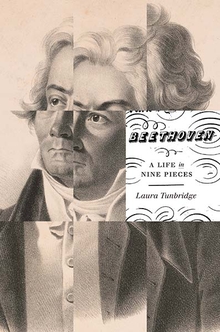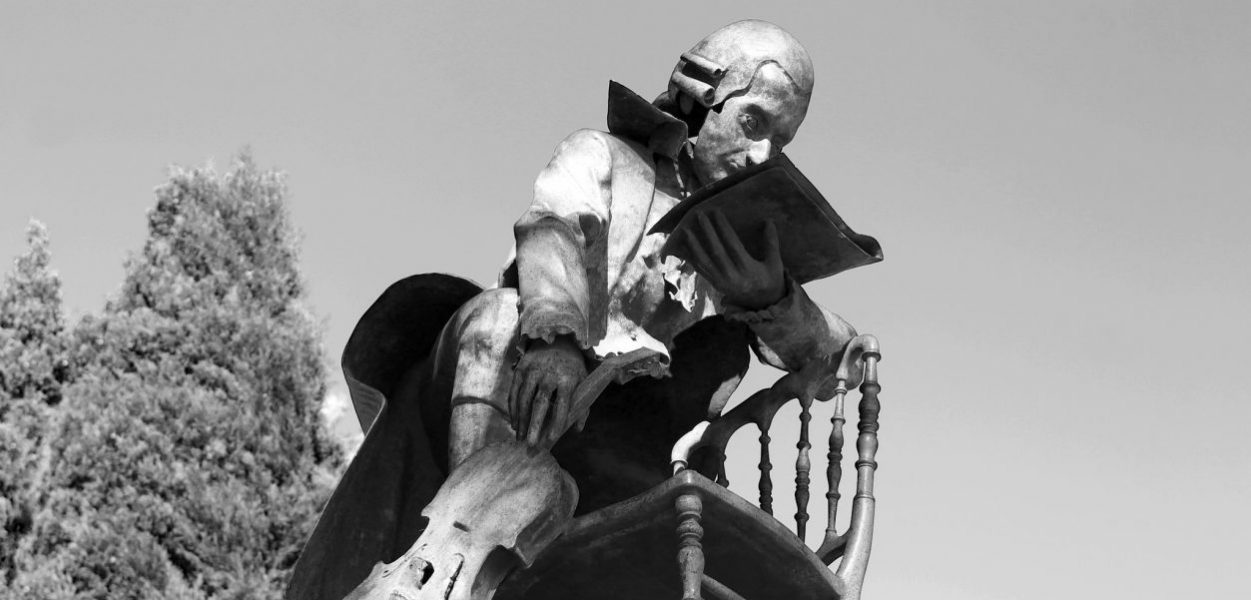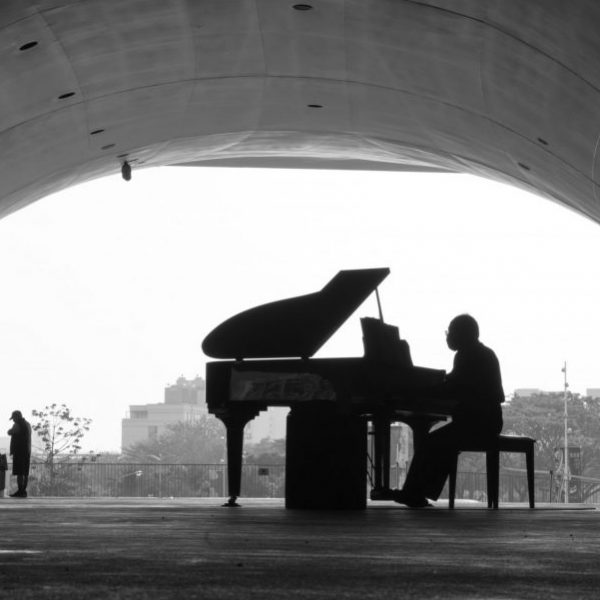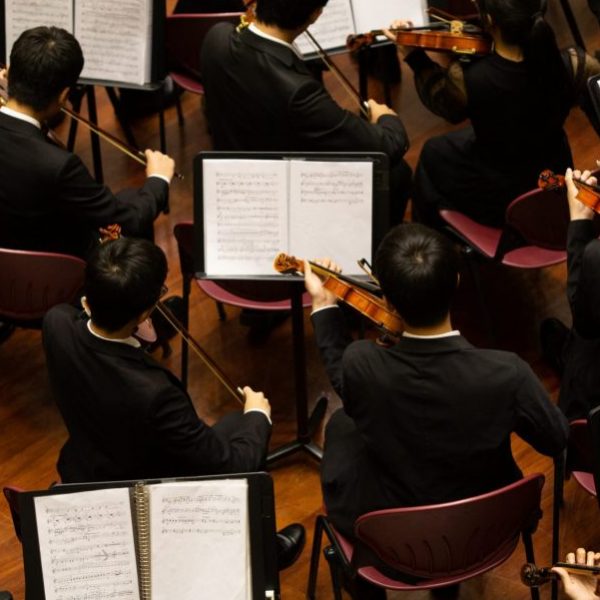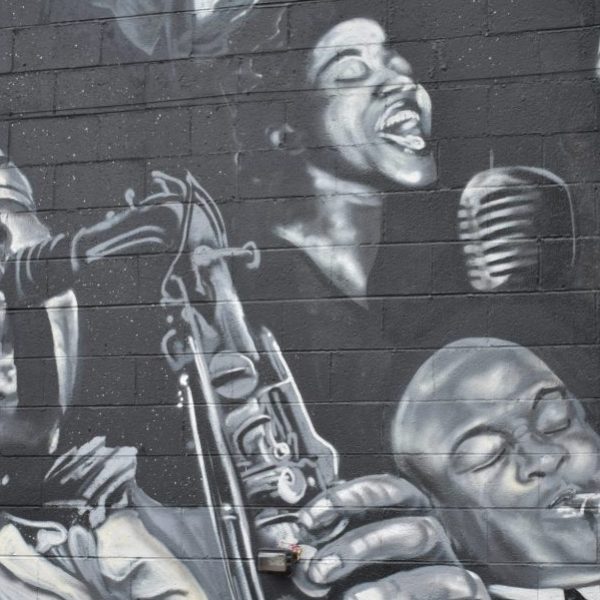Beethoven’s ‘Last Musical Thought’
Laura Tunbridge—
In 1840, the Berlin publisher Heinrich Schlesinger published a short piano piece as the Dernière pensée musicale de Louis van Beethoven. It was not, in fact, Beethoven’s “last musical thought”; it was not even the first time it had been published. The same music had appeared in a supplement of the Berlin Allgemeine musikalische Zeitung in December 1824, with a note that it had been “written by invitation on the afternoon of August 14, 1818 by Beethoven”; the London Harmonicon produced a second edition the following year, with the title “Impromptu composed at the Dinner Table.”

Beethoven had indeed composed the piece, which he called a Bagatelle, in the summer of 1818, spent in the village of Mödling. It was a relatively relaxed and productive time. Plans were afoot for two new symphonies and maybe also an oratorio. Beethoven took the waters at the local spa and enjoyed walking in the countryside, music sketchbook to hand. His nephew Karl was with him and there was a temporary lull in the custody battle over him. A new piano had been delivered by the renowned London firm of Broadwood. Painter August von Klöber visited to make a portrait of the composer, who reportedly thought he captured his flowing hair better than others, who had made him look ‘so well-groomed’. Few details can be gleaned about who might have asked for the Bagatelle; it was later claimed that the piece had been requested by Polish pianist and composer, Marie Szymanowska (1789-1831), a link that is still made today but has not to my knowledge been corroborated.
During the summer of 1818, Beethoven was also working on the Piano Sonata no. 29, op. 106, which came to be known as the “Hammerklavier.” Ideas for the Bagatelle in B flat major are found alongside the sketches for the Sonata. There could not be a greater contrast in the two pieces’ scale and ambition. The Bagatelle is only one sheet of music; even if it were not dashed off at the dinner table, it certainly did not take the same amount of time to compose or play as the “Hammerklavier,” which Beethoven worked on for over a year and can last up to 50 minutes in performance.
The “Hammerklavier” Sonata is often said to be one of the first major works of Beethoven’s “late” period. Its music is marked by high drama and deep complexity. The Bagatelle WoO 60 meanwhile might be counted among what Grove calls the “elegant trivia” Beethoven produced during these years: variations, arrangements and short character pieces. Biographer Alexander Wheelock Thayer notes that Beethoven complained in a letter to fellow musician Vincenz Hauschka that he had to do a lot of “scribbling” in order to buy time to concentrate on his more serious works, and labels the Bagatelle one such “pot-boiler.”
Beethoven composed sets of Bagatelles (opp. 119 and 126) in his last decade that defy his—and others’—description of them as “trifles” (“Kleinigkeiten”). WoO 60 shares some of
Laura Tunbridge is
Further Reading:
